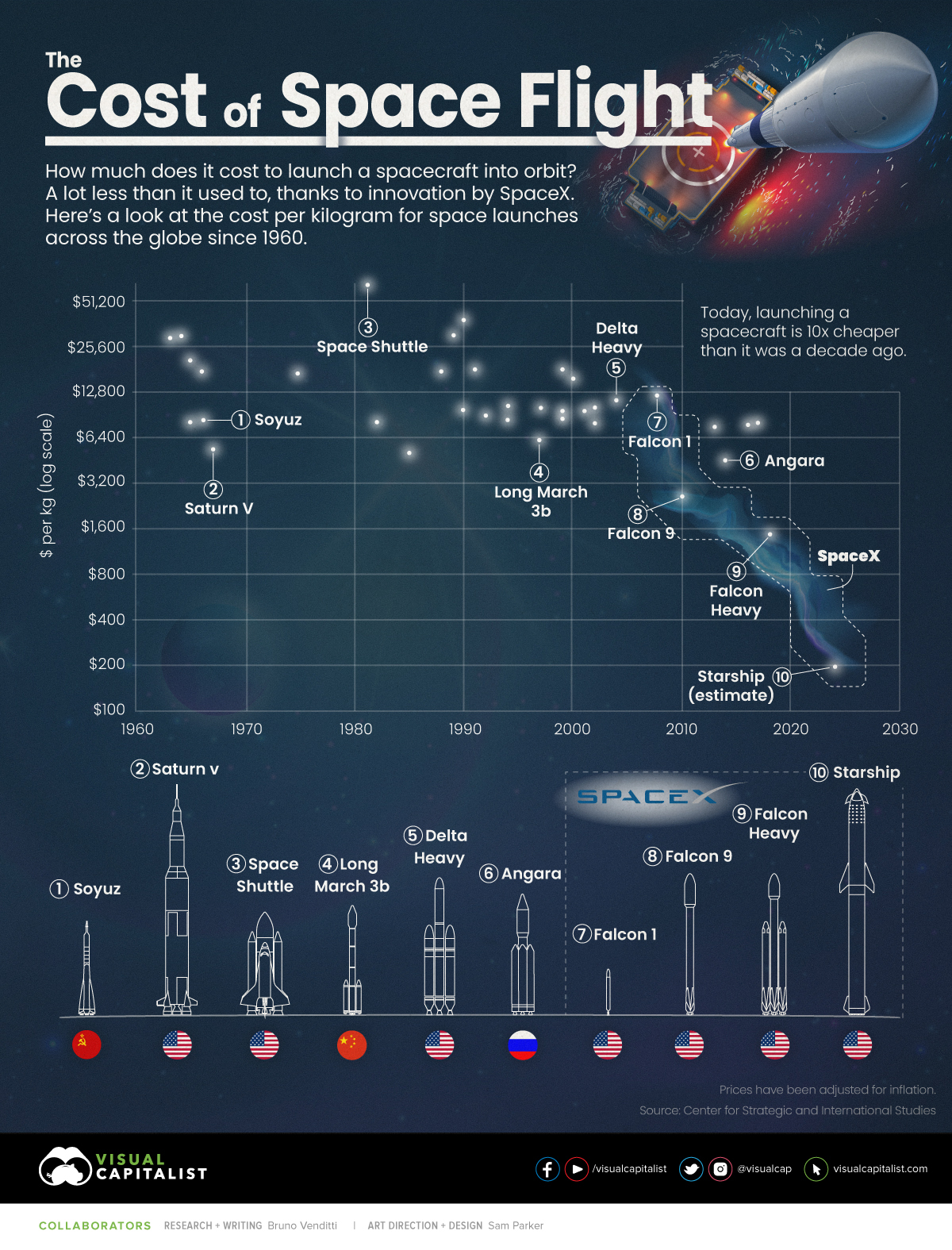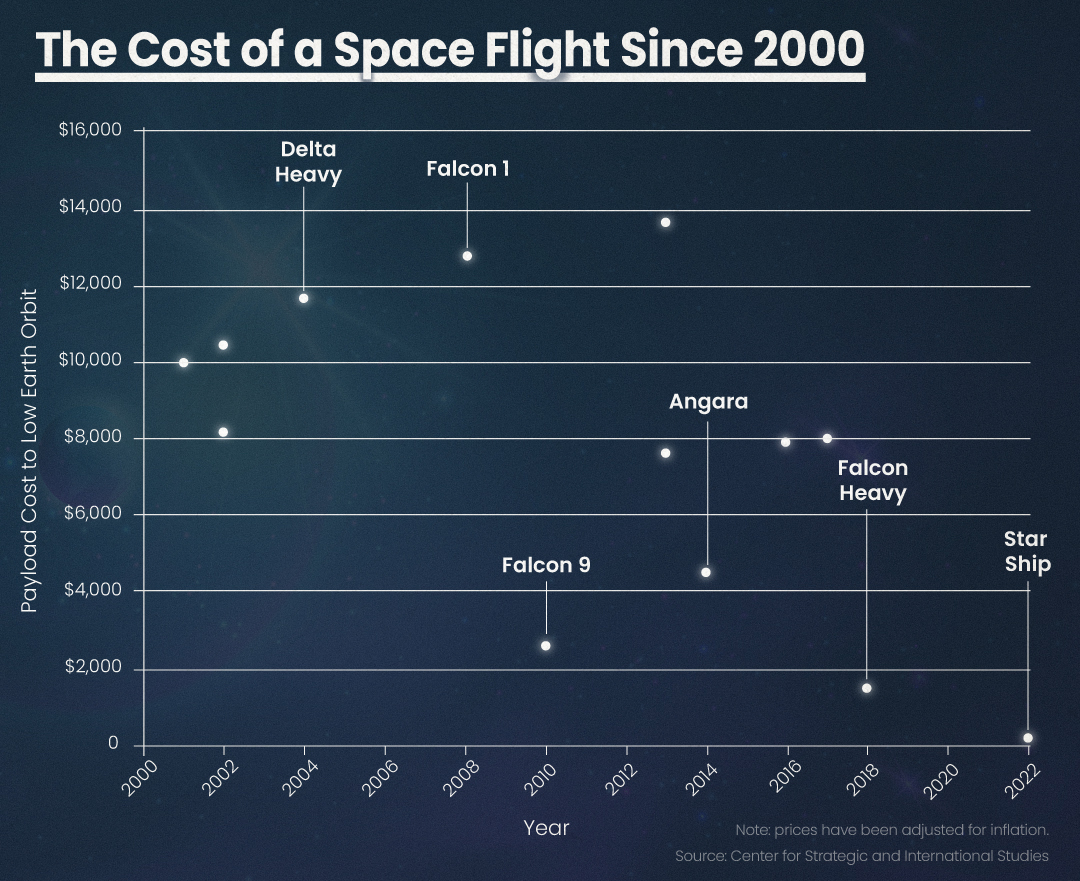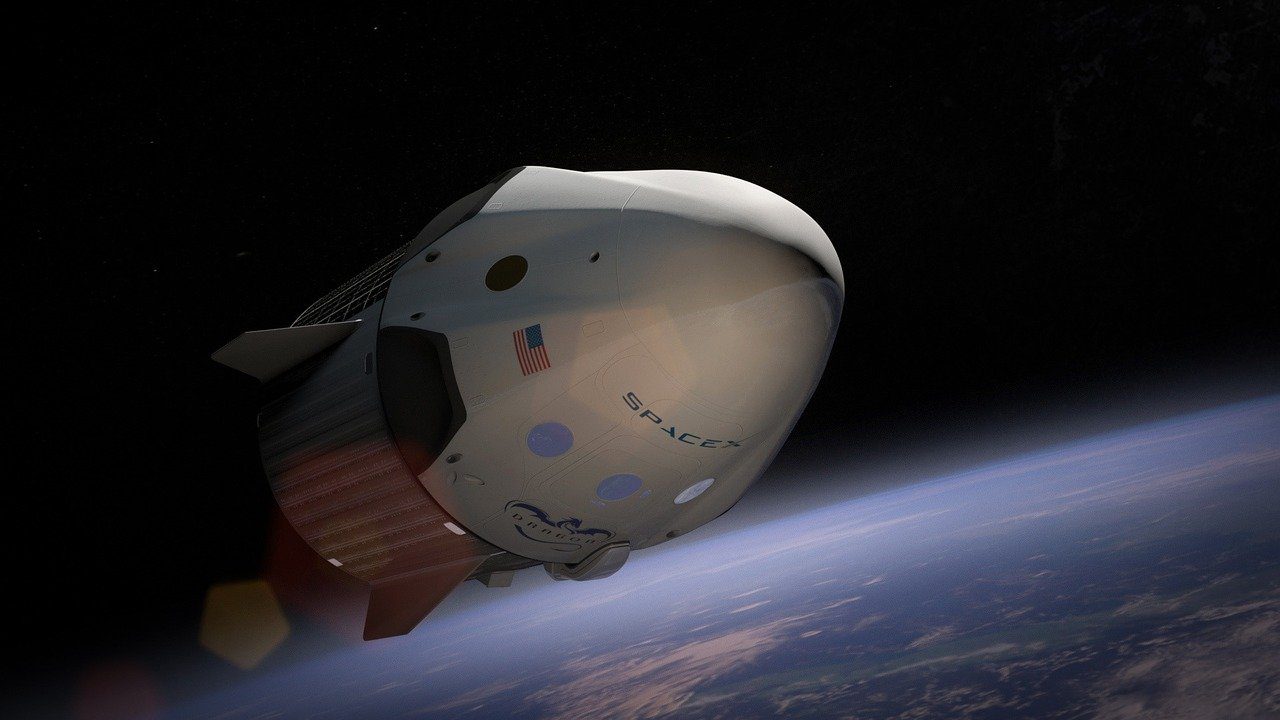How much does a space ticket cost? That is dependent on who you book with, how you want to get there, and whether or not you are fortunate.
It is critical to distinguish between sub-orbital and orbital space tourism. While sub-orbital “up and down” excursions in supersonic aircraft and rockets, such as Virgin Galactic and Blue Origin, are far shorter and less expensive, orbital missions are much longer and more expensive.

SpaceX’s Falcon 9 rocket was sent to space in a cargo capsule on December 21, 2021, to bring supplies and Christmas gifts to astronauts on the International Space Station.
The rocket’s first stage returned to Earth only eight minutes after liftoff, landing on one of SpaceX’s drone ships in the Atlantic Ocean. This was the 100th successful landing for the firm.
Like Jeff Bezos’ Blue Origin and Ball Aerospace, SpaceX is creating and manufacturing revolutionary spacecraft that are accelerating space transportation by making it more common and economical. However, how much does it cost to launch a freight rocket into orbit, and how has this cost varied over time?
Based on the Center for Strategic and International Studies statistics, the figure above depicts the cost per kilogram of space launches throughout the world since 1960.

The Battle for Space
The twentieth century was defined by the struggle for better spaceflight capabilities between two Cold War opponents, the Soviet Union (USSR) and the United States.
The space race resulted in significant technical gains, but these advancements came at a tremendous cost. For example, in the 1960s, NASA spent $28 billion to put people on the moon, equating to nearly $288 billion now in inflation-adjusted currency.
Over the last two decades, space startups have proved their ability to compete with heavyweight aerospace contractors like Boeing and Lockheed Martin. Today, a SpaceX rocket launch may be 97 percent less expensive than a Russian Soyuz voyage in the 1960s.
What is the key to improving cost efficiency?
SpaceX rocket boosters often return to Earth in good enough shape to be reconditioned, saving money and allowing the business to undercut rivals’ costs.
Tourism in Space
Although competition has driven down cargo flight costs, human spaceflight remains prohibitively expensive.
Approximately 600 individuals have traveled into space in the previous 60 years, with most of them being government astronauts.
Seats aboard Virgin Galactic’s SpaceShipTwo and Blue Origin’s New Shepard typically cost between $250,000 and $500,000. Flights to proper orbit (at a considerably greater altitude) are far more costly, costing more than $50 million each seat.
Space Flight’s Future
We want to make life multi-planetary, which means placing millions of people in space, as SpaceX Director Benji Reed stated.
The most cost-effective option to get to space seems to be via Space Perspective, which promises to launch a pressurized capsule pushed by a high-performance space balloon.
Passengers on Spaceship Neptune and Neptune One will take off from Space Coast Spaceport in Florida in a six-hour voyage costing $125,000 per person, but not until 2024.
For most individuals, this may still seem like a reach. However, considering the declining cost of space travel over the previous two decades, the sky may not be the limit soon.












Leave a Reply